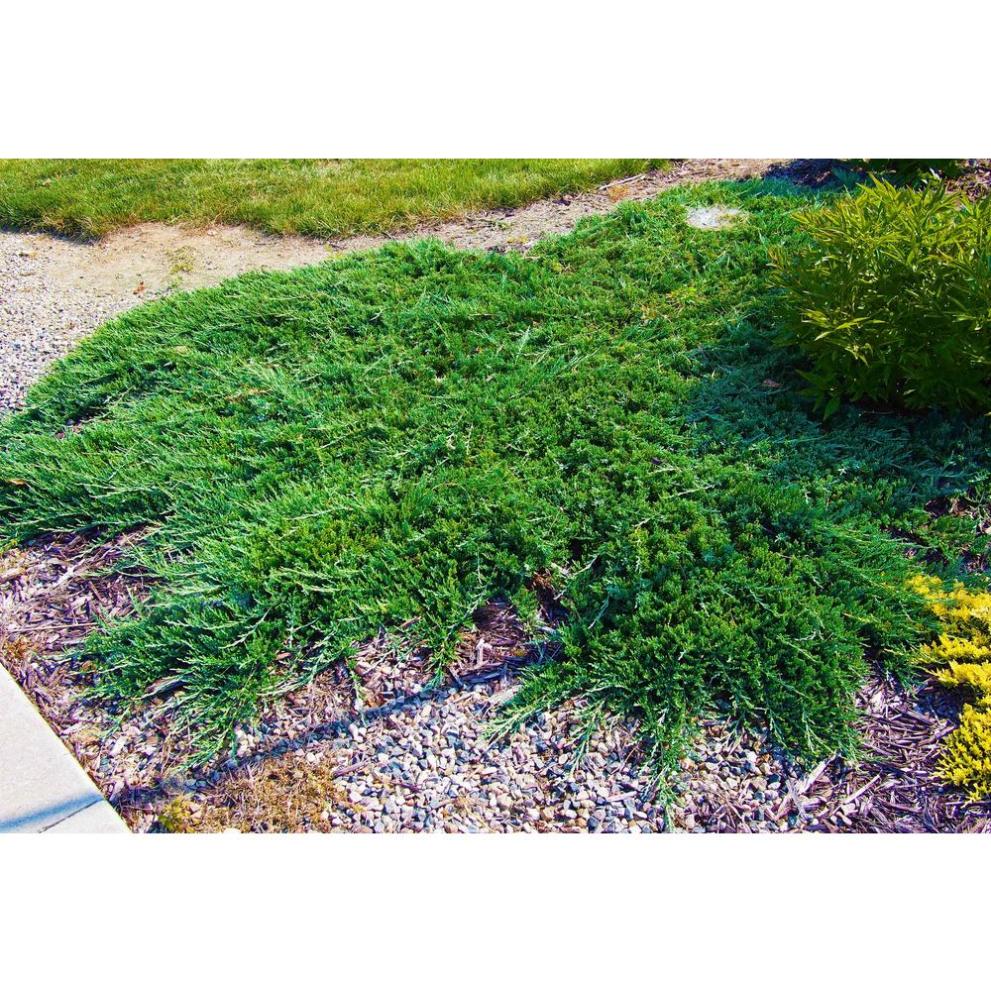How Can Satellite Data Land Cover be Used to Study Urbanization?
Urbanization is a global phenomenon that is rapidly transforming the Earth's surface. This process is driven by a complex interplay of economic, social, and environmental factors, and it has profound implications for human well-being and the environment. Satellite data land cover provides a valuable tool for studying urbanization, as it allows researchers to monitor and analyze changes in land use and land cover patterns over time.

Satellite Data Land Cover: A Powerful Tool For Urbanization Study
Satellite data land cover refers to the classification of the Earth's surface into different land cover types, such as urban, forest, agriculture, and water, using satellite imagery. This data is derived from various satellite sensors, including Landsat, Sentinel, and MODIS, which collect images of the Earth's surface in different spectral bands.
The different types of land cover classes commonly used in urbanization studies include:
- Urban: This class includes all areas covered by buildings, roads, parking lots, and other impervious surfaces.
- Forest: This class includes areas dominated by trees, including natural forests, plantations, and urban forests.
- Agriculture: This class includes areas used for crop cultivation, including cropland, orchards, and vineyards.
- Water: This class includes all areas covered by water, including oceans, lakes, rivers, and wetlands.
- Other: This class includes all other land cover types, such as bare land, snow and ice, and barren areas.

The process of acquiring and pre-processing satellite data for land cover analysis typically involves the following steps:
- Data Acquisition: Satellite imagery is acquired from various sources, such as the United States Geological Survey (USGS), the European Space Agency (ESA), and the National Aeronautics and Space Administration (NASA).
- Pre-processing: The acquired satellite imagery is pre-processed to correct for geometric distortions, atmospheric effects, and radiometric errors.
- Land Cover Classification: Various image classification algorithms, such as supervised classification, unsupervised classification, and object-based classification, are used to classify the pre-processed satellite imagery into different land cover classes.
Applications Of Satellite Data Land Cover In Urbanization Studies
Satellite data land cover has a wide range of applications in urbanization studies, including:
Urban Expansion Analysis:
- Detecting and mapping urban expansion patterns over time.
- Identifying areas of rapid growth and urban sprawl.
Land Use/Land Cover Change Analysis:
- Monitoring changes in land use and land cover patterns within urban areas.
- Assessing the conversion of natural and agricultural lands to urban uses.
Urban Heat Island Effect Analysis:
- Identifying areas with higher surface temperatures due to urbanization.
- Correlating urban heat islands with land cover characteristics.
Urban Green Space Analysis:
- Mapping and quantifying urban green spaces, including parks, forests, and green roofs.
- Assessing the impact of green spaces on urban environmental quality.
Challenges And Limitations Of Using Satellite Data Land Cover For Urbanization Studies
Despite its many advantages, the use of satellite data land cover for urbanization studies is not without challenges and limitations:
Data Resolution and Accuracy:
- The resolution of satellite data can limit the accuracy of land cover classification, especially in areas with complex land cover patterns.
- High-resolution data is often required for detailed urban studies.
Cloud Cover and Atmospheric Interference:
- Cloud cover and atmospheric conditions can hinder the acquisition of satellite imagery, especially in tropical and mountainous regions.
- Methods such as image compositing and atmospheric correction are used to address these challenges.
Data Availability and Accessibility:
- Data availability and accessibility can be a challenge, especially for developing countries.
- Open data policies and initiatives are important for promoting the use of satellite data land cover in urbanization studies.
Satellite data land cover is a valuable tool for studying urbanization. It provides a comprehensive and accurate representation of land cover patterns, allowing researchers to monitor and analyze changes in urban areas over time. However, there are also challenges and limitations associated with the use of satellite data land cover, such as data resolution and accuracy, cloud cover and atmospheric interference, and data availability and accessibility. Despite these challenges, satellite data land cover remains a powerful tool for advancing urbanization studies and informing urban planning and policy decisions.
YesNo

Leave a Reply